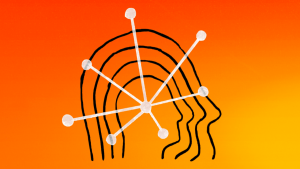
Two people have been arrested on suspicion of murder thanks to a Google Street View image.
The photo appears to show a man putting a bulky sack into a car boot – and police said it had been a significant clue in their investigation into a man reportedly missing since November last year.
The picture, taken in the tiny hamlet of Tajueco in the northern Spanish province of Soria, shows a man bending over the boot of a red Rover, half covering a bulky white sack.
According to local media, the case is being treated as murder.
Spanish newspaper El Pais said text messages and other evidence also led to the arrest of two people for allegedly killing and dismembering a Cuban citizen.
Police started investigating the case when a relative of the victim reported his disappearance after receiving messages from him saying he had found a new partner and would be leaving the area and getting rid of his phone.
The relative suspected the messages had not been sent by the missing man, so reported it to the police.
A woman, reported to be the victim’s partner, and a man, who had once been her partner, were arrested in November.
Read more from Sky News:
Radio DJ Jordan North rescued from River Thames after saving dog
France awaits 51 verdicts in Gisele Pelicot mass rape trial
Police located some human remains, including a torso found in an advanced state of decomposition, buried at a cemetery in a town in Soria.
The remains could be of the missing person, police said.
Police were keen to highlight the role Google Maps had in aiding their investigation, saying it was “one of the clues that investigators had to use to solve the crime”.
They went on to say the footage had helped “detect a vehicle that could have been used in the course of the crime”.



























+ There are no comments
Add yours